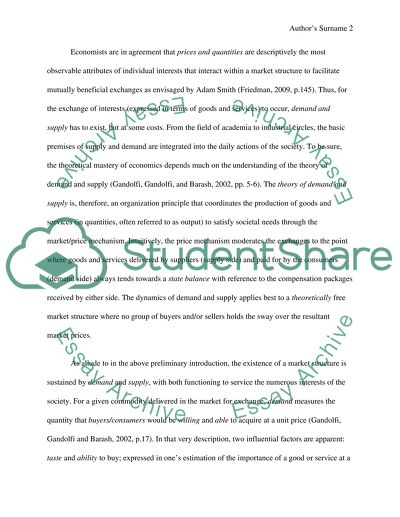Cite this document
(Economic Theory of Demand and Supply Essay Example | Topics and Well Written Essays - 1500 words - 1, n.d.)
Economic Theory of Demand and Supply Essay Example | Topics and Well Written Essays - 1500 words - 1. Retrieved from https://studentshare.org/macro-microeconomics/1629709-demand-and-supply
Economic Theory of Demand and Supply Essay Example | Topics and Well Written Essays - 1500 words - 1. Retrieved from https://studentshare.org/macro-microeconomics/1629709-demand-and-supply
(Economic Theory of Demand and Supply Essay Example | Topics and Well Written Essays - 1500 Words - 1)
Economic Theory of Demand and Supply Essay Example | Topics and Well Written Essays - 1500 Words - 1. https://studentshare.org/macro-microeconomics/1629709-demand-and-supply.
Economic Theory of Demand and Supply Essay Example | Topics and Well Written Essays - 1500 Words - 1. https://studentshare.org/macro-microeconomics/1629709-demand-and-supply.
“Economic Theory of Demand and Supply Essay Example | Topics and Well Written Essays - 1500 Words - 1”, n.d. https://studentshare.org/macro-microeconomics/1629709-demand-and-supply.


